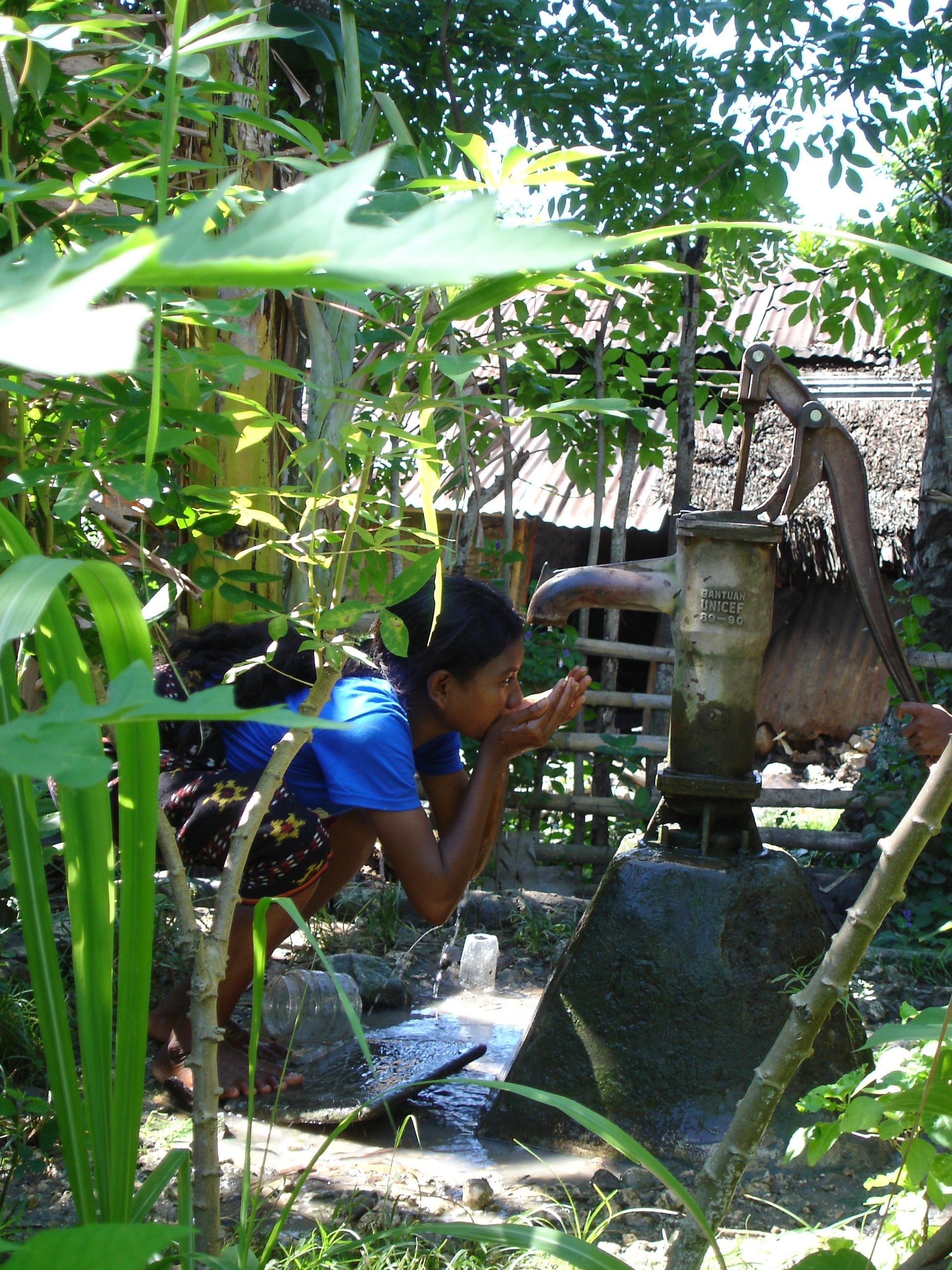Human Rights to Water and Sanitation
Since the recognition, in 2010, of access to safe drinking water and sanitation as Human Rights by the Member States of the United Nations, important progress has been made in terms of policy formulation, legislation and regulation.

Download by chapters
1. Introduction
This introductory part sets the scene for understanding the original contribution of this Manual to operationalise the human rights to safe drinking water and sanitation.
2. Main operational principles
This chapter presents the operational principles for including human rights considerations into the daily routine of formal and informal service providers and of regulators. It provides the readership with a condensed overview of key concepts, themes, issues and actions that are of immediate relevance to them in their efforts to contribute to the HRWS. It focuses on Chapter 3, and on the main operational chapters of the Manual: 4, 5 and 6.
3. Translating the HRWS into operational
This chapter introduces the human rights criteria and principles for safe drinking water and sanitation. It discusses how to bring these five normative criteria (availability, quality, acceptability, accessibility, and affordability) and five principles (equality and non-discrimination, accountability, sustainability, participation, and access to information and transparency) to expression in operational terms in a way aimed to satisfy both the human rights community and the water and sanitation practitioners.
4. An enabling environment for the HRWS
This chapter highlights the contributions that water and sanitation practitioners, public authorities and regulators can make to the creation and functionality of an enabling environment, based on their expertise and experience. They will be able to add value to the processes of formulating legislation, design of regulations and strategy development, establishing institutional arrangements and to help avoid pitfalls and unnecessary hurdles, to bridge gaps and to highlight opportunities.
5. Incorporating the HRWS into the operational and institutional framework of service providers and regulators
This chapter introduces the various models of service delivery and the associated institutional arrangements specific to promoting the HRWS. It provides a checklist of issues that drinking water and sanitation operators may want to use in the process of restructuring their organisation and in negotiations with national authorities. The chapter concludes by addressing the framework for regulators to play their role in relation to respecting, protecting and fulfilling the HRWS.
6. The human rights to water and sanitation in the essential functions of service providers and regulators
Chapter 6 proposes how actions supporting the progressive realization of the HRWS can be made part of the essential functions of operators, managers and regulators. It links the proposed HRWS actions to specific actors.
7. Addressing sensitive practices, dealing with challenges and avoiding pitfalls
This chapter presents a number of sensitive issues, challenging conflict situations and potential pitfalls, with suggestions on how to address them. These range from technical options, affordability mechanisms, service cut-offs, credit control and debt collection, multi-criteria monitoring, setting geographical priorities for network expansion, land tenure, the use of pre-paid meters, derogations to standards and continuity of services.
Annex A. Contexts and contents of the human rights to safe drinking water and sanitation
Annex A provides detailed background information including a reminder of the scale of global drinking water and sanitation challenges, a description of the human rights framework, the events leading up to the adoption of the UN resolutions, an explanation of the concept of progressive realization and an attempt to straighten out some misconceptions and misinterpretations about the HRWS.

Need Support?
Contact our Membership Engagement Senior Officer
For enquiries about Human Rights to Water and Sanitation, please contact Isabela Espindola.
Subscribe to our newsletters
IWA and sector updates
to your inbox
Follow us